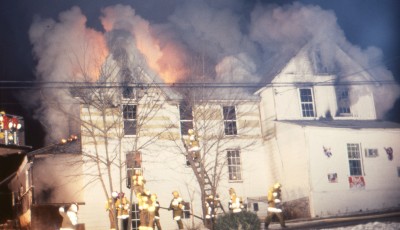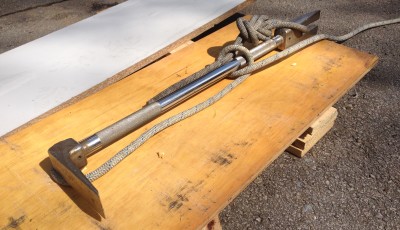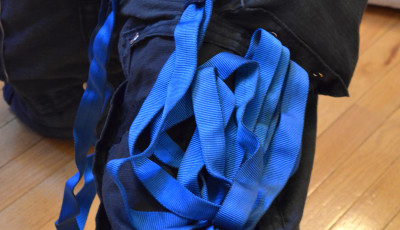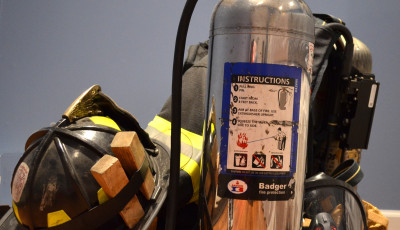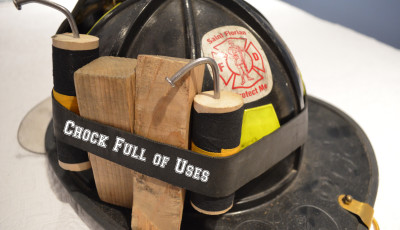The Truck Co Size-Up: Do You See What I See?
We often read and hear about incident size-up. Most of the information is in regards to the command level strategic goals and tactical objectives information gathering and assessment that establishes tactical priorities. Once the tactical priorities have been set by the Incident Commander, we as a firefighters and company officers must carry out the tasks to accomplish those goals.
So now let’s focus on the specifics of the truck company.
Once the IC has established what tactical objectives are going to be utilized (defensive, transitional or offensive) the truck company team must assess what they need to do to accomplish those tasks associated with the required objectives. Let’s do a little refresher.
Defensive Task Size-Up
For defensive operations, the truck company normally functions as an elevated delivery system for the engine task of putting the wet stuff on the red stuff. Additional tasks in a defensive mode include forced entry and “safe” ventilation.
In “safe” ventilation I mean opening the structure up so water can be delivered (or in my terms, we can use the fuel up faster). Positioning now becomes key, we must size-up the best and safest position to place the truck in order for us to be effective at our defensive task.
Out of the “collapse” zone is a good start. Anticipate fire spread and heat production from the occupancy. We tend to get really upset when we burn up ladder trucks! I never liked positioning far away, unless it was a really big fire. Apparatus location also affects our ability to properly position so take that into consideration.
Transitional Task Size-Up
In the transitional attack mode our tasks are very similar to our offensive tasks. The difference is we must be prepared to make rapid changes in what we need to accomplish and when we need to accomplish. Force entry, tactical ventilation, search are the tasks.
As a team member you must assess what is affected the current fire conditions are having on my pre-assigned tasks. Once the IC moves to offensive/defensive or vice versa, we must move quickly. Forecasting is the best method in this situation, which comes from experience!
Offensive task size-up
Here is where we shine.
We quickly, based on pre-arrival information, our local knowledge, and what we see decides what tasks get done in what order.
Do we force entry?
Do we vent opposite the attack location?
Do we VES (vent enter search)?
Do we throw ladders, when and where?
How and when do we get to the roof, can we vent the roof?
We know from what we have learned previously that each team member has their pre-assigned task list. If we are delayed or we cannot accomplish one or several of those task, we must let our officer know. Not being able to get it done, is more important than getting it done! Remember, everything we do affects someone else on the fire ground.
In coming articles I will cover more in-depth the issues that affect our ability to carry out our truck company tasks. Until next time, keep learning, be safe and PTB!!


